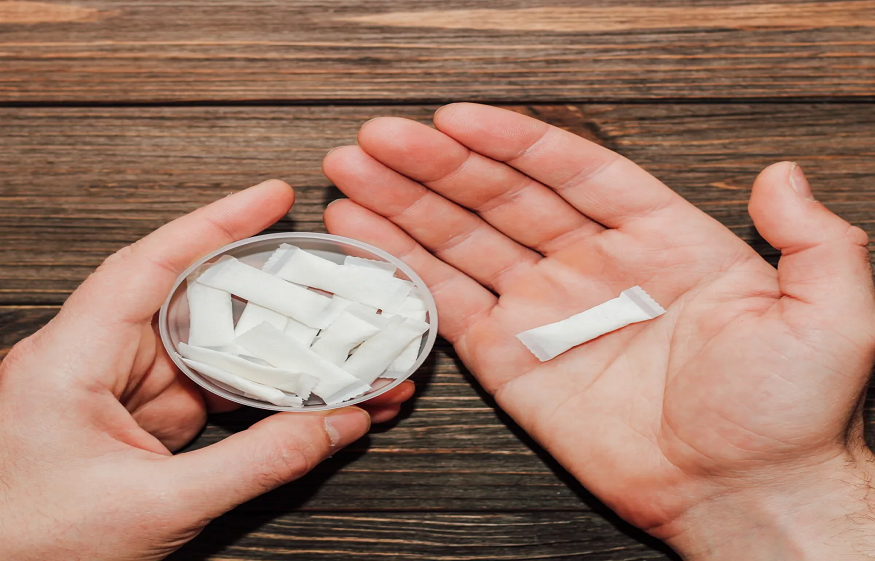How To Test Your Hand Sanitizer to Ensure It’s Effective
Hand hygiene is an indispensable component of ensuring good health. The focus on ensuring that you clean your hands after any risky contact means many of us carry an instant hand sanitizer with us at all times. After all, how often will we run to the washroom just to wash our hands? With improvements in innovation, today’s hand sanitizers have been able to become much more effective against killing and protecting from dangerous germs and diseases.
But how do you know that the hand sanitizer that you use is as effective as it claims? Always opt for hand sanitizers tested by certified labs, like the Just Human hand sanitizer that has been conclusively tested in certified labs and licensed for manufacture by DCGI (Drugs Controller General of India). So it has proven efficacy of protection of upto 24 hours.
The answer is yes. As suggested by many medical professionals, you can carry out a few simple tests and experiments at home to determine your instant hand sanitizer’s effectiveness. Let us discuss them in greater detail.
Testing Hand Sanitizers for Quality at Home
The science behind testing a hand sanitizer’s quality is simple: we have to check for its alcohol content. Why?
Alcohol is an important constituent of hand sanitizers as it is the primary disinfecting agent used to kill germs. As per CDC, a good and effective hand sanitizer usually has more than 60% alcohol content. Thus, if your hand sanitizer for office use or personal use is as good as it claims to be, it will showcase signs of high alcohol content in any tests designed to prove the same. The likes of Just Human 24-hour protection hand sanitizer pass these tests easily as they are designed with the recommended quantity of alcohol to kill any germs upon contact. This hand sanitizer, in fact, is one of the world’s first proven hand sanitizer that provides all-day protection with just one use!
So, what are these tests? Let us find out.
1. Blow drying your sanitizer
A good way to test the alcohol content in your sanitizer is to use a hairdryer to dry it and compare its evaporation against water. All you need is a hair dryer, sanitizer, water and a small bowl.
Steps
1. Put a tablespoon of hand sanitizer in a small bowl.
2. Heat a hair dryer to a certain setting and then blow it over the sanitizer in the bowl for 30 seconds.
3. Follow the same method with a tablespoon of water in a small bowl.
4. Compare the rate of evaporation of both.
Result
We all know that alcohol is a drying agent. It also has a lower boiling point than water. Hence, if your hand sanitizer dries much faster v/s water, then it has a good amount of alcohol content.
2. Diffusing your sanitizer on a tissue paper
Time to head to the kitchen with a tissue paper roll and a ballpoint pen (not a gel pen or an ink pen). These are the two main elements of this test along with a coin with which you can trace a circle, some wheat flour in a small cup and, of course, the hand sanitizer you want to test.
Steps
1. Spread out a small tissue paper on a flat, dry surface, such as your kitchen slab.
2. Trace a small circle on the tissue paper using the pen and the coin. It is very important to ensure that the traced circle is well-formed i.e., unbroken, thick and clear.
3. Now, add a few drops of the sanitizer in the middle of the circle – just the right amount so that it diffuses and moves out of the drawn circle.
4. Wait till the diffusion occurs and then observe what happens to the drawn circle.
Result
As you might have guessed, if your hand sanitizer has a good amount of alcohol content, the drawn circle will begin to dissolve and spread out into the tissue. If there is not much change to the drawn circle, then your hand sanitizer does not have sufficient alcohol. So, how does this work? Well, the answer is paper chromatography. Your ballpoint pen’s ink has a high solubility in alcohol compared to water. Hence, the more the alcohol in your sanitizer, the more will the ink dissolve in it. As a comparison, you can try performing the same experiment with a few drops of water first and see how it barely affects the drawn circle.
3. The Wheat Flour Dough Test
This is the simplest test you can perform…but get ready for some mess. You will only need some wheat flour, a plate and your sanitizer.
Steps
1. Add one tablespoon of your instant hand sanitizer to one tablespoon of wheat flour.
2. Knead the mixture in a plate to create a dough.
Result
If your sanitizer has enough alcohol content, you will notice that the flour remains dry and does not turn sticky. If it has excess water, then the opposite will happen – as the water combines with the flour’s gluten and carbohydrates to swell into a dough. This is a very effective test to detect above 60% alcohol content.
We hope your favourite hand sanitizer passes these tests with success. Else, there are always great options like Just Human 24-hour protection hand sanitizer in the market!



